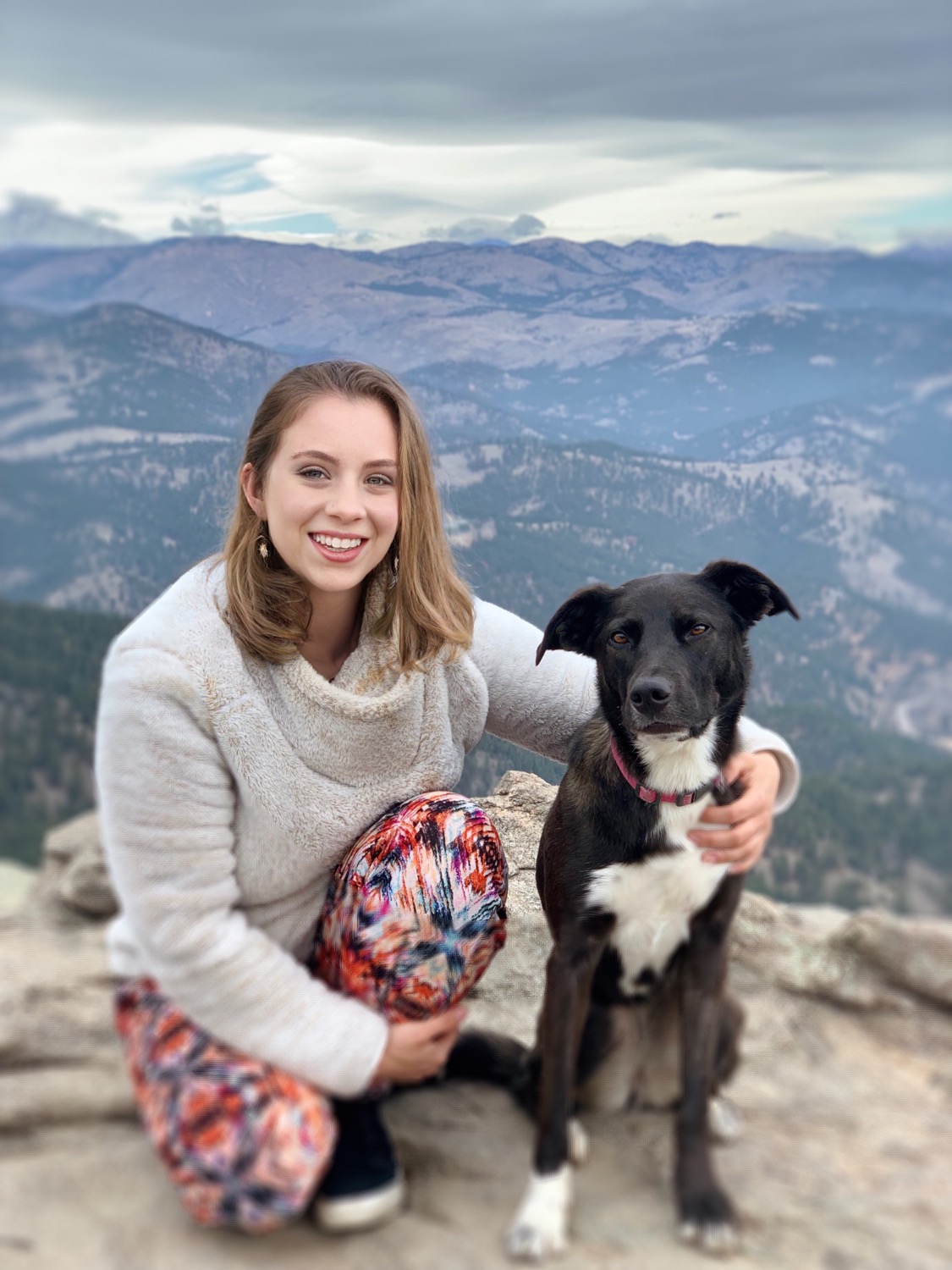Dog of the Week: The Afghan Hound – Grace, Glamour, and Goofiness
- trained2listenk9

- May 9, 2022
- 2 min read
Updated: Dec 8, 2024
Afghan hounds are known for their dignified, aloof, clownish, yet independent behavior. Commonly weigh between 45-55Ibs, with luscious locks of hair.

The Afghan Hound is an ancient breed that is dated back to the age of the Pharaohs, though its modern breeding occurs mostly in Afghanistan. They have been bred for speed (up to 40 MPH) and sight to hunt foxes, leopards, gazelle, and rabbits along the rugged mountainous terrain.
Pablo Picasso was even inspired by this breed and created a family portrait, Femme au chien, that depicts him, his wife and his dog Kaboul:

Afghan Hounds are difficult to train due to their stubborn mindsets. You must remain patient while training this breed. This breed is sensitive and usually does better with positive reinforcement and gentle guidance. As a sight hound, these breeds need exercise that allows for them to run at full speed.
This breed is known their long skull allowing for better sight up to 270 degrees and their ringed tail. Consistent grooming is key to upkeeping their coat (Domino, Black Masked Red, Black, Brindle, Black & Tan, Cream/White, and Blue), weekly baths and brushing to remove dead hair. Weekly Regime:
Use a water spray bottle with some conditioner mixed in to spray them
Search for mats with fingers to gently break apart
Brush through hair (daily) with a pin brush after spraying mixed conditioner
Bathe dog with mild shampoo
Apply conditioner to allow their silky coat to thrive
Towel-dry
Blow-dry using pin brush
Check nails, ears and teeth
Afghan Hounds are generally healthy but the following diseases/disorders can develop within this breed:
Von Willebrand (blood clotting disease) - an inherited bleeding disorder caused by a deficiency in a specific clotting protein within the blood
Laryngeal paralysis - congenital or acquired, this disorder causes a disruption of nerve impulse transmission to the larynx. This can lead to an upper airway obstruction





.jpg)



Comments